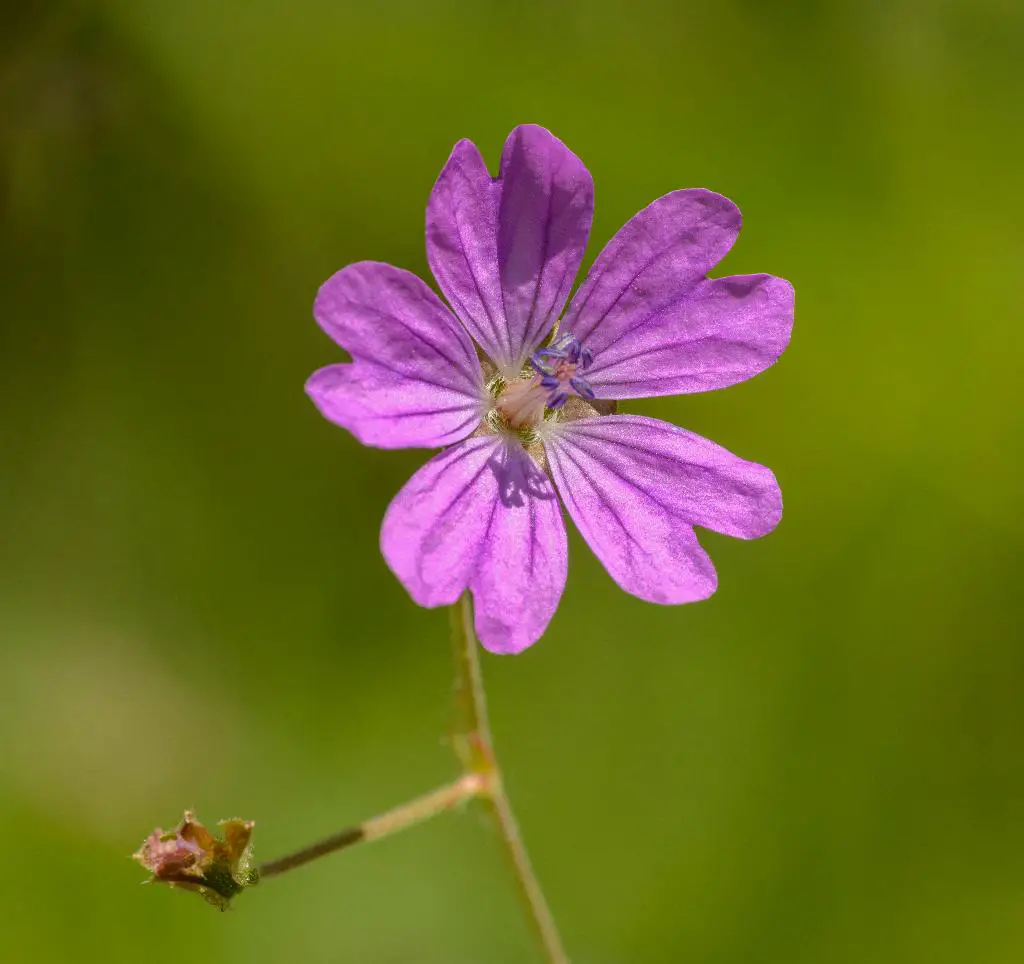Groundhogs, also known as woodchucks, are herbivorous creatures that typically feed on a broad range of plants to sustain themselves. However, when it comes to geraniums specifically, they are less likely to be on the groundhog’s menu. Geraniums are considered to be one of the plants that groundhogs may not find appealing for consumption. These colorful flowering plants, with their distinct scent and taste, often deter groundhogs from munching on them.
According to research conducted by Penn State University, geraniums fall under the category of plants that are considered to be “groundhog-resistant.” This means that these plants are less likely to be targeted by groundhogs compared to other vegetation that may be more attractive to them. Other plants that are part of this category include fountain grass, foxglove, citronella, heather, heuchera, lamb’s ears, and lavender.
Groundhogs have specific preferences when it comes to their diet, and while they are known for their voracious appetites, they tend to avoid certain plants that have strong scents, bitter tastes, or toxic properties. Geraniums possess characteristics that make them unappealing to groundhogs, leading these furry creatures to opt for other food sources in their environment.
It is essential to consider the natural habits and tendencies of groundhogs when determining their dietary choices. While they may explore various plant options in their surroundings, they are selective in their consumption based on factors such as taste, smell, and potential toxicity. Geraniums, with their unique qualities, serve as a deterrent for groundhogs seeking a meal.
For gardeners and individuals looking to protect their plants from groundhog damage, understanding the preferences of these animals can help in implementing strategies to safeguard specific vegetation. By planting groundhog-resistant plants like geraniums, one can reduce the likelihood of attracting these creatures to their gardens and landscapes.
Groundhogs play a significant role in the ecosystem as herbivores, contributing to the balance of plant life in their habitats. While they may pose challenges for gardeners at times, their natural instincts guide their dietary selections, steering them away from certain plants like geraniums that do not align with their tastes.
Observing the behavior of groundhogs in relation to different plant species provides valuable insights into their foraging patterns and preferences. By recognizing which plants they are more likely to avoid, individuals can make informed decisions about landscaping and gardening practices to minimize potential conflicts with these furry critters.
Geraniums, with their vibrant blooms and distinctive foliage, offer aesthetic appeal to outdoor spaces while also serving a functional purpose in deterring groundhogs. Their natural properties act as a form of protection against these animals, allowing them to thrive without becoming a favored food source for hungry groundhogs.
While groundhogs have diverse dietary habits and will explore different vegetation for sustenance, their avoidance of plants like geraniums highlights the nuanced relationship between animals and plants in the wild. By respecting the natural instincts of groundhogs and utilizing plant choices strategically, individuals can cultivate landscapes that are both beautiful and resistant to animal intrusions.
In conclusion, the question of whether groundhogs eat geraniums can be answered by understanding the unique dynamics of plant-animal interactions in natural environments. Geraniums, with their specific characteristics, serve as a barrier that deters groundhogs from consuming them, making them a less likely target for these curious creatures in the wild.

